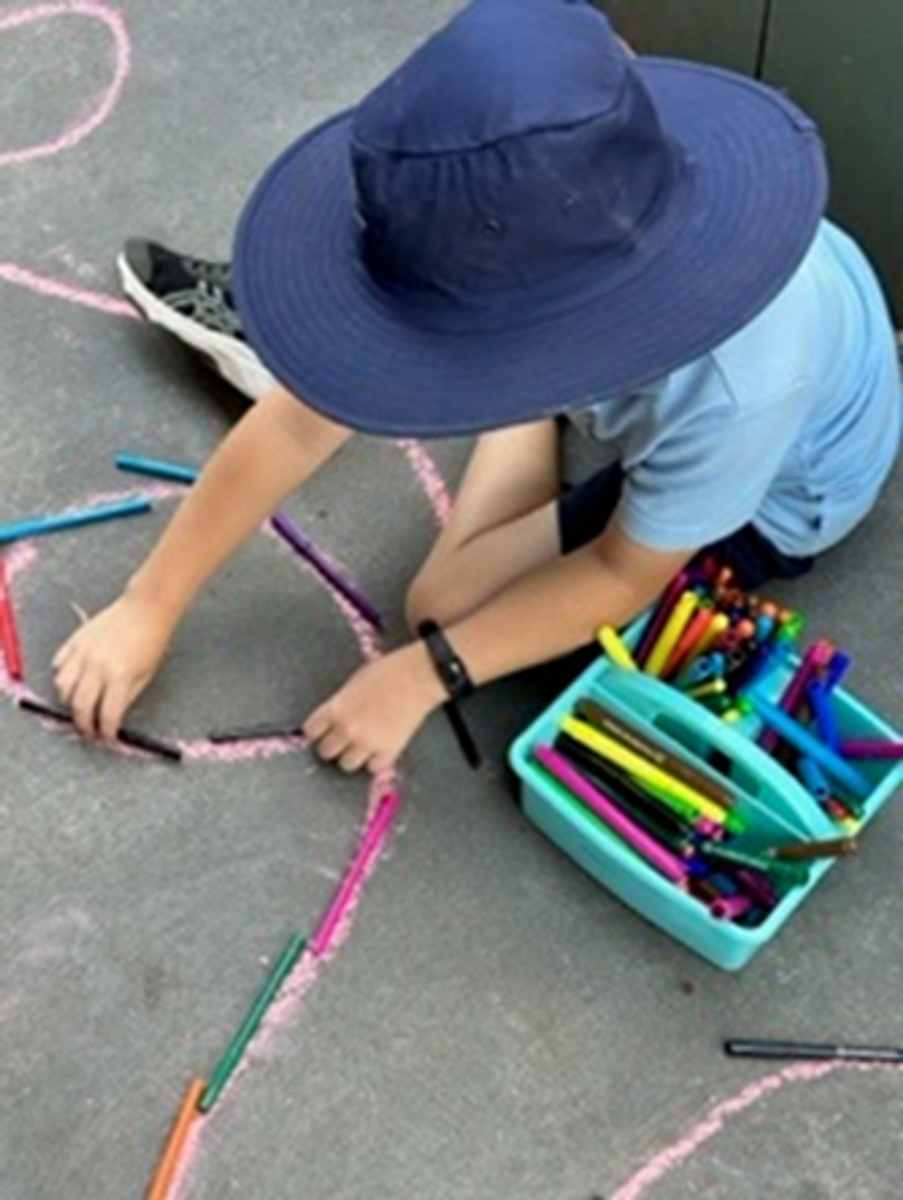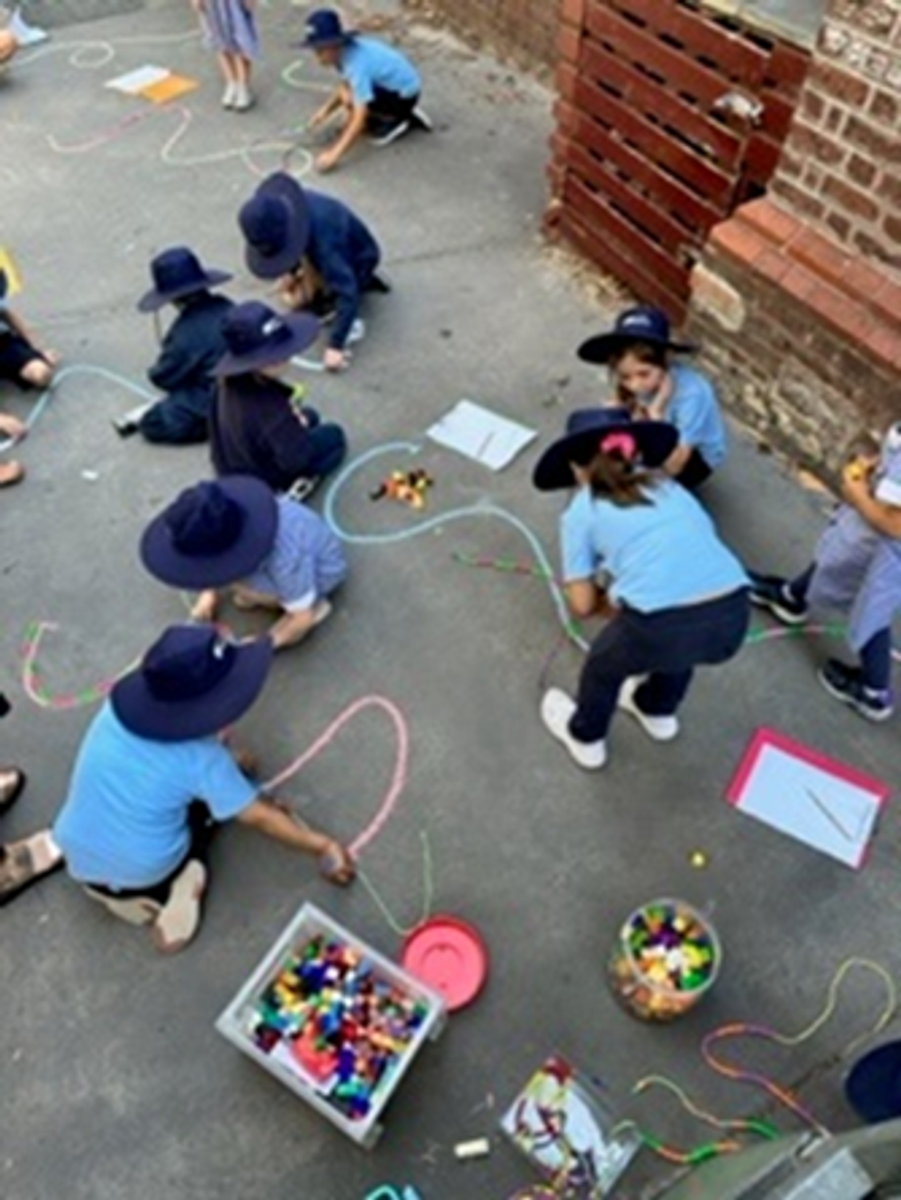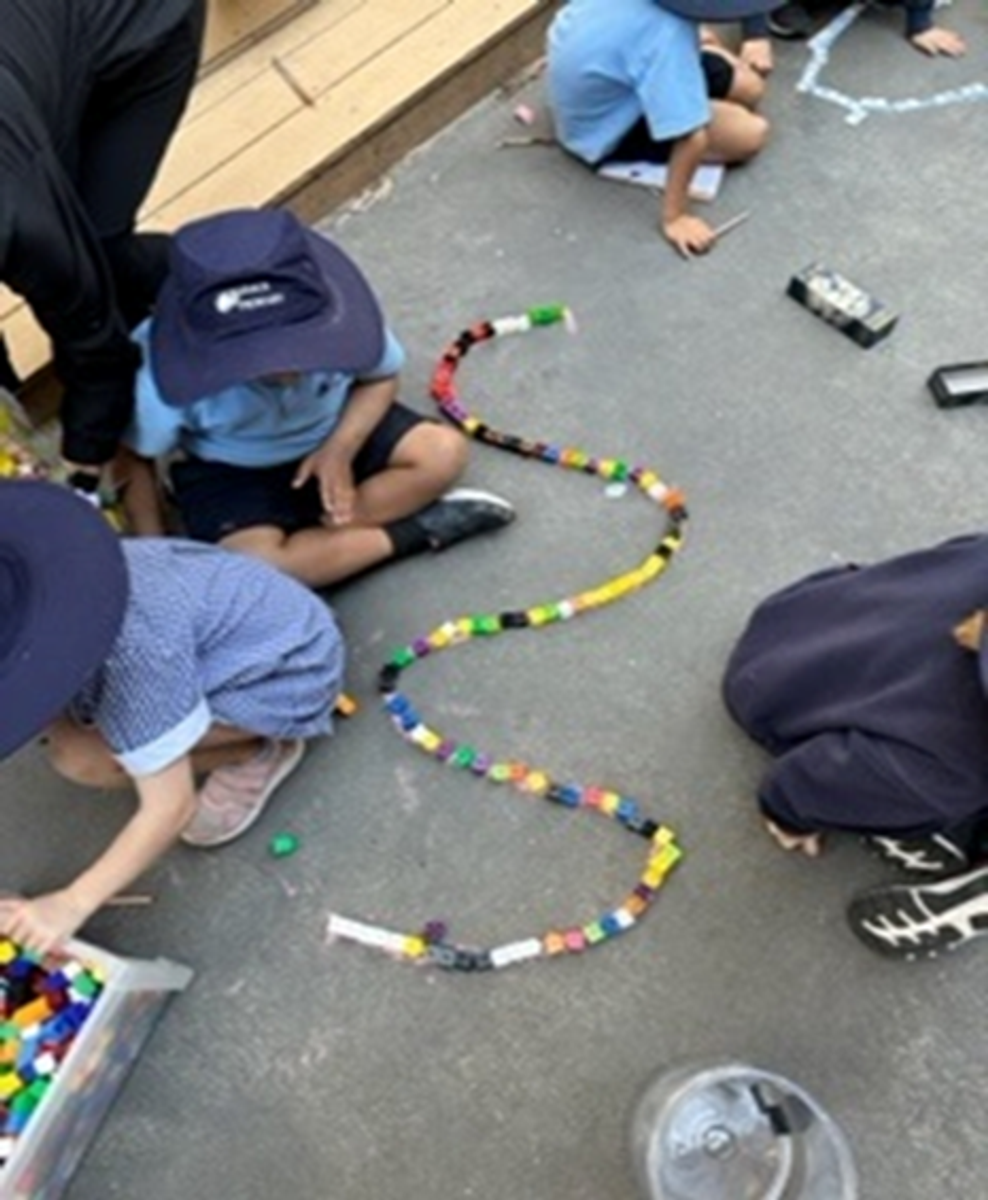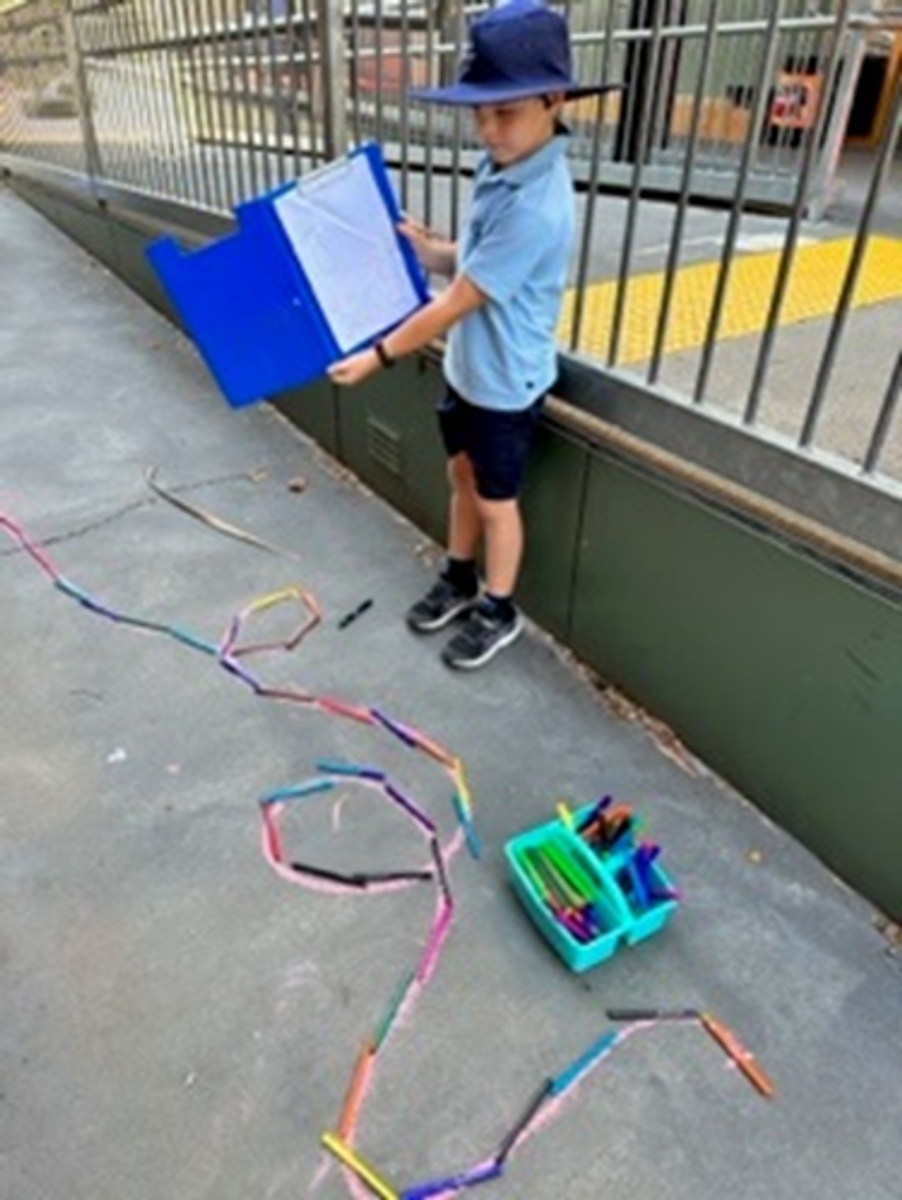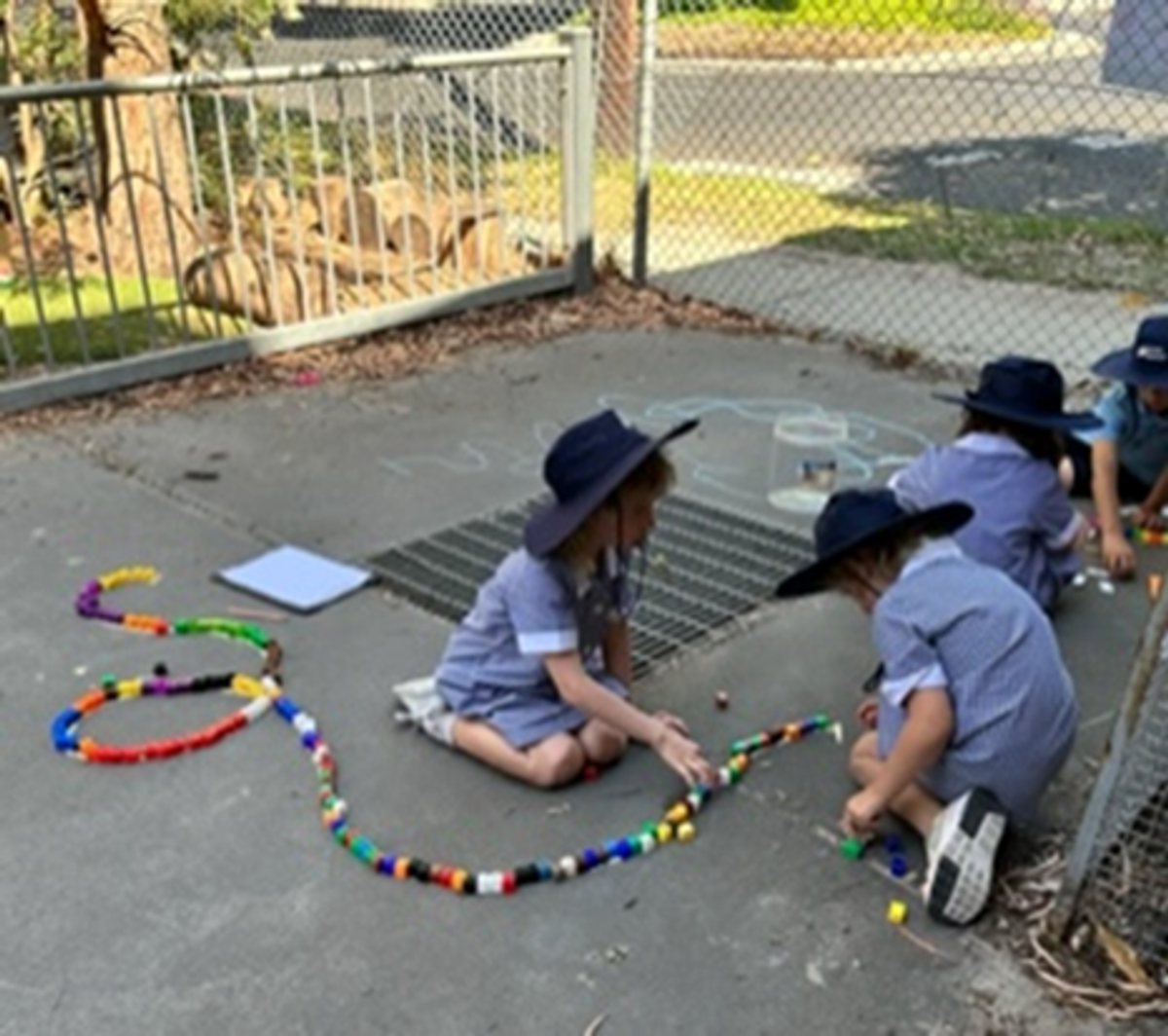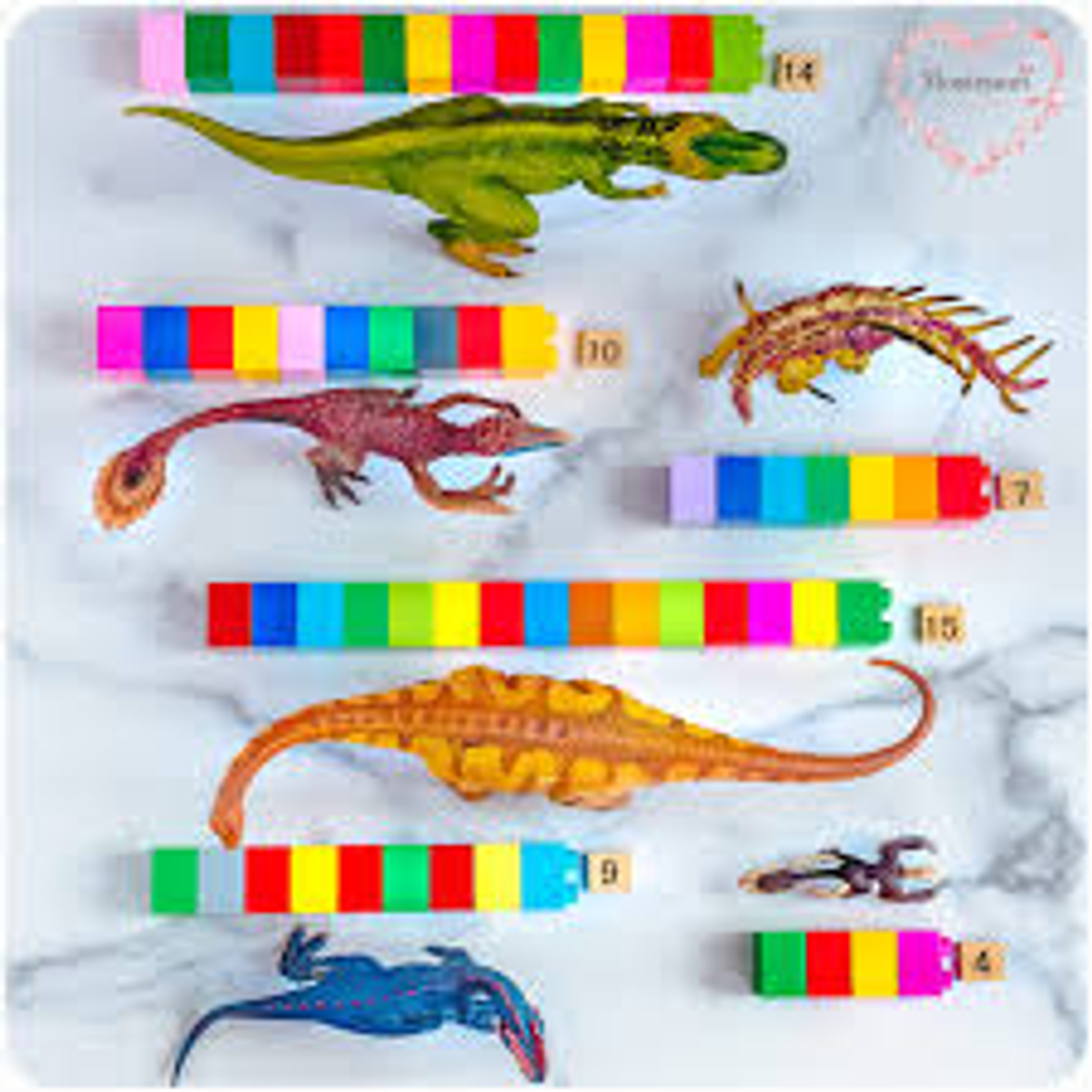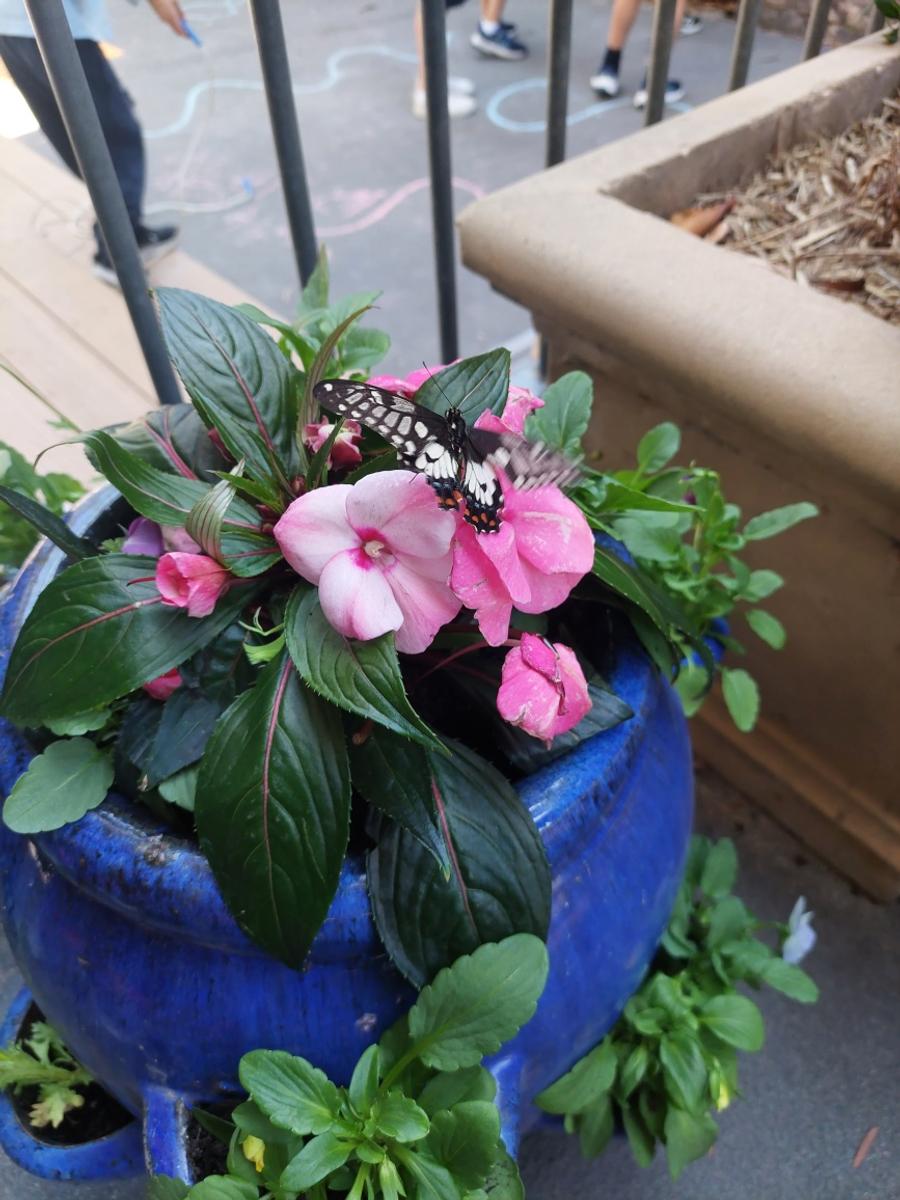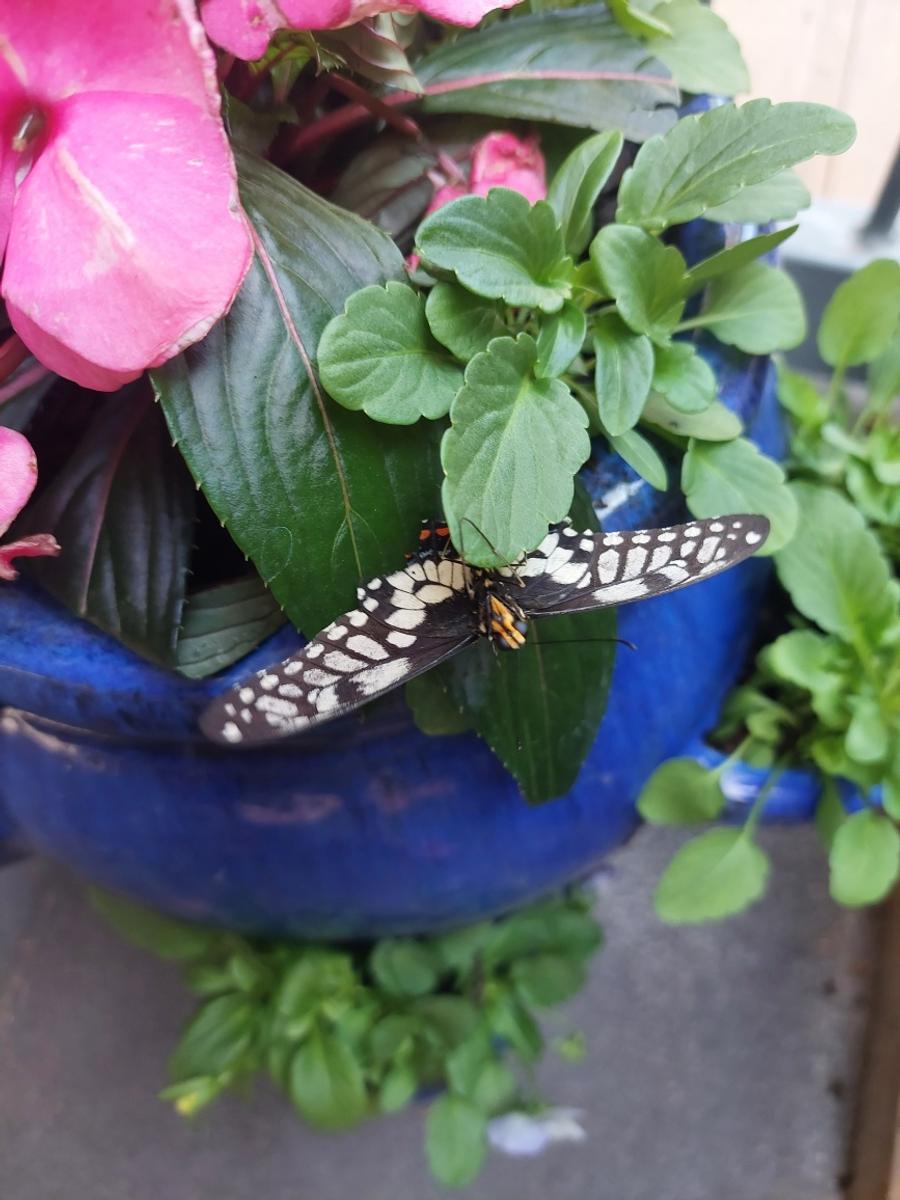Year 1 Bulletin

This bulletin’s focus is Maths and the use of informal units and additive strategies to calculate distance.
Learning Intention:To measure length using informal units and to use additive strategies to calculate the total length
Learning Task:
(adapted from a Maths 300 task)
We start with a story and a photo or two.
‘Have you ever woken up one morning and noticed a snail trail running across sections of your carpet...? A snail must have snuck into your house! It is in desperate need of a holiday, a change of scenery so to speak!!’
In this lesson, students worked with a variety of informal and formal strategies to measure length. In Grade 1, we adapted this task and created our own snail trails for students to measure. As is our practice, we provide all students with enabling, exploring and extending opportunities depending on their point of need.
What is important?
Investigating ways to calculate the distance is an important aspect of this lesson. Informal units of feet, or the use of unifix cubes, or a ruler could come in handy to measure the distance travelled. It is important for students to have time to stop, reflect and chat about their investigations. Students may discover more efficient ways to calculate their measurements or gather the information to put the snail’s trip together.
What happened?
After the whole class launch, students chose which snail trail to measure.
There were a variety of options to choose from and they worked with a learning buddy to choose a snail trail and an informal unit of measurement.
This task required cooperation, communication and accuracy. Once the informal units were laid out, the task of counting the total number became the focus. Strategies of skip counting by 2s, 5s and 10s were used to be more efficient. Checking and double checking the count was also encouraged.
Further whole class conversations will take place to deepen our understanding of additive strategies as we combine our total lengths.
Strengthening the Home/School Partnership - What you can do:
To accompany this task you could support your child by measuring small items around your house using informal units. E.G. your child could use lego pieces to measure the length of a shoe. From there you could add together the length of shoes from a few family members.
Homework Explained:
Homework tasks are given out on each Monday in a clear plastic folder. Please ensure that your child’s homework book is returned to school each Friday in the folder.
In line with APS’ Homework Policy, it is expected that all students complete the weekly tasks. If for any reason your child cannot complete the tasks, please communicate this with us.
If you have not already done so, please take the time to read the policy:
Implementation of the Policy:
Prep – Year 2
- Reading - weekly
- Spelling - weekly
- Handwriting - weekly
- Maths - weekly
- Investigations - Focus Child preparation
It is expected that your child spends no more than 20 minutes per night on their tasks. 10 minutes should be set aside each night for reading and the other time can be used to complete one other task.
Reading Journal
The Reading Journal is designed for you to share in the reading journey with your child. It allows your child to reflect on how they see themselves as a reader and, to strengthen your own understanding of how you see your child as a reader as well as, how you can support them.
Included in the journal are prompts that you can use to support your child with developing their comprehension of texts.
Reading for your child should be an enjoyable experience where they can practice decoding skills and comprehension strategies that they learn at school. It is recommended that your child read a range of texts in order to promote a curiosity of words and enjoyment of reading and, to extend their vocabulary knowledge.
We encourage you to support your child in adopting consistent reading habits – reading each night and finding a suitable place to read. We ask you to consider the conditions you and your child can create in order for them to focus best and get their best reading done, in a supportive and encouraging environment.
To participate in reading, your child does not need to be the sole reader.
We promote a balanced approach to reading – reading BY your child, reading WITH your child and reading TO your child. This is indicated in the Reading Log in the journal.
Your child’s teacher will also make a comment in the journal as a means of monitoring the types of texts your child is reading.
The Reading Journal is to be placed in your child’s red bag. Your child will select four small books and borrow from the Library every Tuesday.
Thank you to Penny Robinson (mum of Tom - 1S) for kindly donating a blue ceramic pot for our learning space, that she lovingly planted flowers in. It even came with a magical butterfly that the students were fascinated with.
Thank you also to Clare Davies (mum of Bea - 1S) for donating a bag of soil which will be used for additional planting.
If any parents/carers are happy to donate any good quality pots, we are more than happy to receive them.
Harmony Day - Tuesday the 21st of March
Students are encouraged to wear white on this day in readiness for the HOLI (festival of colour) activity.
Kind regards,
Angela and Gillian




